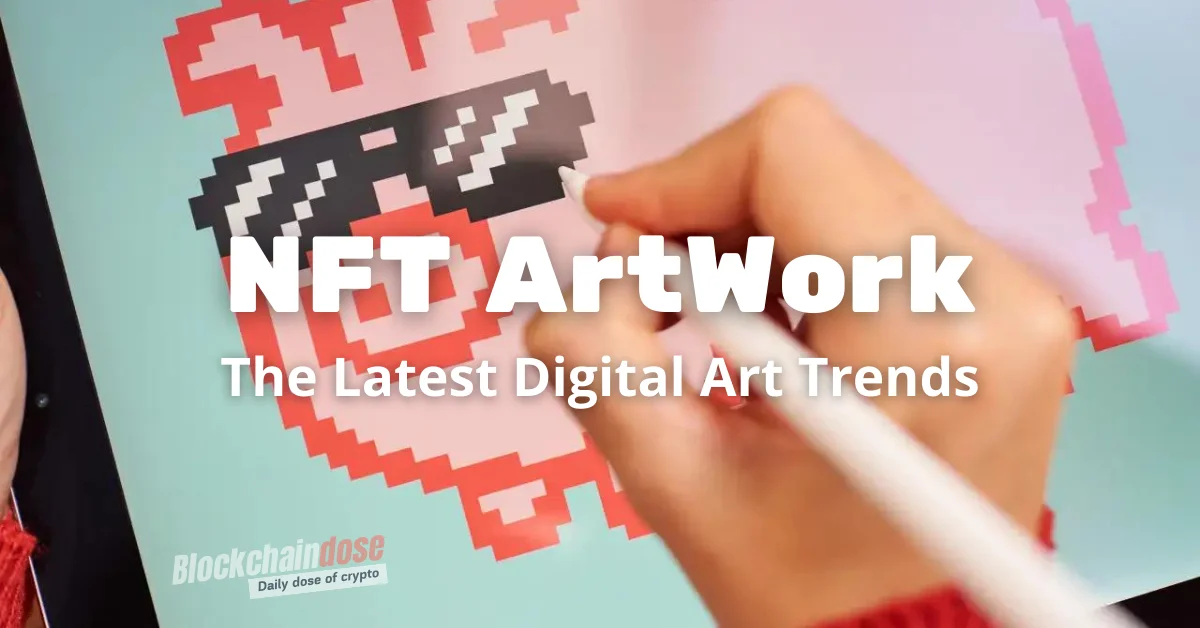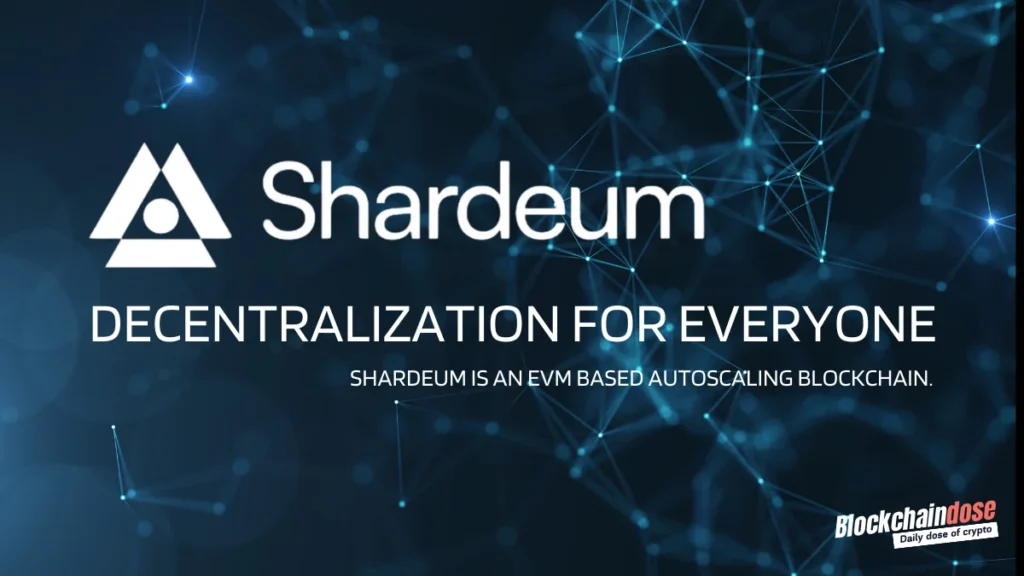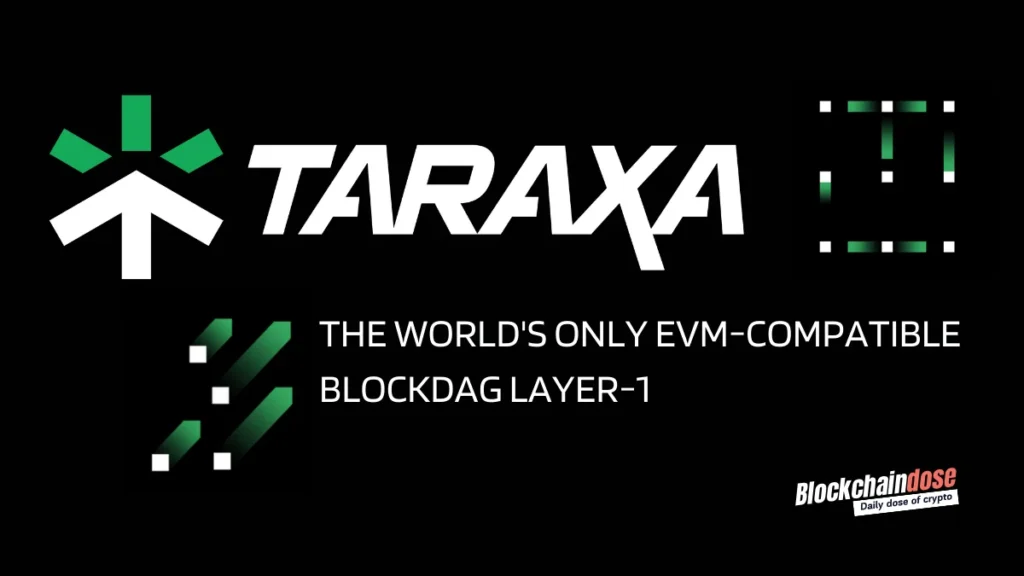In recent years, the art world has changed drastically with the rise of NFT artwork. This digital revolution has enabled artists to craft unique digital art NFTs, unlocking new opportunities for creativity and monetization. But what exactly is NFT art, and what is the meaning of NFT art in this digital world?
What is NFT Artwork?
NFT artwork, short for Non-Fungible Token artwork, represents a groundbreaking fusion of creativity and blockchain technology. Each piece of NFT digital art is a unique asset with a verifiable certificate of authenticity.
Here’s what makes crypto art special:
- Tokenization on blockchain
- Proof of ownership and provenance
- Digital scarcity
- Potential for royalties on secondary sales
Think of it as owning a digital Mona Lisa that lives on your computer – unique, valuable, and entirely yours.
Insights and Key Statistics in the NFT Art Market
To understand the significance of NFT artwork, let’s look at some key market statistics based on the data from statista.com:
- The global NFT market size is estimated at $61.44 billion as of June 2024.
- NFT sales volume reached a peak of $24.9 billion in 2021, but declined to $16.9 billion in 2023.
- As of January 2024, approximately 80,000 NFTs were sold in the art segment, generating around $36 million in sales.
- The average price of NFT sales across marketplaces fell from $3,894 in May 2022 to $293 in June 2023.
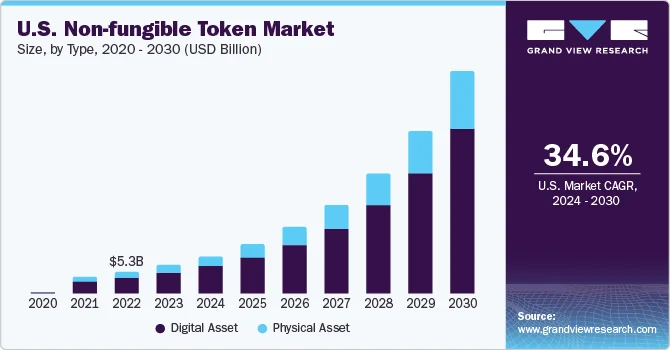
These figures highlight the volatile nature of the NFT art market and the need for artists to stay informed about current trends.
NFT Art Meaning: Decoding the Digital Art Revolution
The meaning of NFT art goes beyond just digital images. It represents a new way of valuing and collecting digital creations.
Digital art NFTs are:
- Unique and non-interchangeable
- Stored on a blockchain for authenticity
- Tradable on specialized NFT marketplaces
- A bridge between traditional art collecting and the digital world
Iconic NFT Artwork Examples
- CryptoPunks: The Pixelated Pioneers
- 10,000 unique, algorithmically generated characters
- Created by Larva Labs in 2017
- Some sold for millions of dollars
- Beeple’s “Everydays: The First 5000 Days”
- Sold for $69.3 million in 2021
- Collage of 5000 daily digital art pieces
- Catapulted digital artist Beeple to global fame
- CryptoKitties: Collectible Cat Craze
- Created by Axiom Zen in 2017
- Breedable digital cats with unique traits
- Sparked a digital pet ownership trend
How to Create NFT Artwork: A Step-by-Step Guide
Creating NFT digital art isn’t just for tech gurus. Follow these steps to bring your digital creations to the blockchain:
- Conceptualize Your Artwork
- Define your theme and style
- Ensure uniqueness and market appeal
- Choose the Right Tools
- Use software like Adobe Creative Suite or Procreate
- Focus on high-resolution output
- Select an NFT Marketplace
- Popular options: OpenSea, Rarible, Mintable
- Consider fees and guidelines
- Mint Your NFT
- Convert your artwork into a blockchain token by minting it
- Follow platform-specific instructions
- Set Smart Contract and Royalties
- Define terms for future sales
- Specify royalty percentages
- Upload Your Artwork
- Provide a compelling title and description
- Use relevant tags for discoverability
- Set Pricing and Edition Size
- Determine your selling price
- Consider limited editions for exclusivity
- Promote Your NFT
- Leverage social media and online communities
- Engage with potential buyers
- Build Your NFT Community
- Participate in NFT events and forums
- Network with fellow artists and collectors
Should You Sell Your Art as an NFT?
Deciding to enter the NFT artwork market is a personal choice that depends on various factors.
Here is the simple table for the pros and cons of entering the NFT artwork market:
| Pros | Cons |
|---|---|
| Global audience reach | Volatile market conditions |
| Blockchain-verified ownership | Learning curve for blockchain technology |
| Potential for royalties on resales | Competition in a growing field |
Think about your ease with digital platforms, market trends, and your artistic objectives before diving in.
The Future of NFT Artwork: Trends to Watch
As we look ahead, a few exciting trends are driving the future of NFT digital art:
- Increased Utility: NFTs with real-world applications beyond digital ownership
- Metaverse Integration: NFT artwork becoming part of virtual worlds and metaverse
- Fractional Ownership: Allowing multiple collectors to invest in high-value pieces
- Environmentally Friendly Solutions: Addressing concerns about energy consumption
- AI-Generated NFT Art: Exploring the intersection of artificial intelligence and creativity
Conclusion: The NFT Artwork Revolution Continues
NFT art is changing how we create, value, and collect digital art. As artists use blockchain technology, the line between digital and physical art is fading. To succeed, it’s important to keep up with trends, focus on adding value, and stay active in the NFT community. Are you ready to join the NFT artwork revolution?
NFT Artwork – Frequently Asked Questions
Popular NFT marketplaces include OpenSea, Rarible, and Mintable. There are also specific NFT platforms for each type of NFT Art. Choose a marketplace based on its user base, fees, and features. Ensure compatibility with your digital wallet and preferred cryptocurrency.
To create NFT artwork, first develop your digital art using tools like Adobe Creative Suite or Procreate. Then, choose an NFT marketplace like OpenSea or Rarible, connect your digital wallet, and follow the platform’s minting process to turn your creation into an NFT, setting your desired price and royalties.
To sell NFT artwork, list your minted NFT on a marketplace like OpenSea, Rarible, or Foundation. Set a competitive price, provide a compelling description, and promote your artwork through social media and NFT communities to attract potential buyers.
Consider factors like your reputation, demand for your work, and the uniqueness of the edition. Research similar pieces and set a competitive price. Limited editions can create a sense of exclusivity.
Use social media, NFT forums, and online art communities to showcase previews, behind-the-scenes content, and updates about your NFT. Engage with your audience, participate in discussions, and collaborate with other artists.
While NFTs are primarily associated with NFT digital art, some platforms support tokenizing physical art through methods like attaching a digital certificate or using specialized solutions. Check with the specific NFT marketplace for their guidelines.
